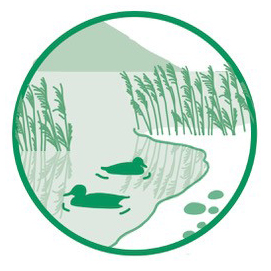Climate change is changing local and regional conditions. Today's diversity of ecosystems, species and genetic resources is under pressure. But there are opportunities for species that are better adapted to changing habitats. Conflicts between nature conservation and economic demands on water use tend to increase.


The following overview shows the most important risks and opportunities for biodiversity management based on the Confederation’s climate change analysis completed in 2017. Risks and opportunities for individual parts of the country are addressed in the section Major regions.
Legend:
[R] Risks of climate change
[C] Opportunities due to climate change
[R] Increasing threat to biodiversity (spectrum of ecosystems, species and genetic diversity)
- danger to biodiversity due to increased heat stress, e.g., increase in susceptibility to disease and mortality of fish
- decrease in habitats and species that depend on adequate water supply
- increasing spread of harmful organisms and displacement of indigenous species by alieninvasive species
- change in habitats, networking and migration corridors through
- - temporal or spatial decoupling of interdependent species (e.g., interference of pollination)
- - genetic depletion through reduction of habitats and isolation (e.g., cold-loving plants in summit regions), emergence of relict populations
- - temperature-related reduction in water circulation in lakes
- disruption of hibernating species, loss of competitive advantage of frost-tolerant species
- impairment of biodiversity due to more frequent situations of reduced water / soil and/or air quality
[R] Intensified trade-offs between nature conservation, agriculture, energy production and industry during periods of heat or drought
- Conflicts around
- - residual water volumes in rivers
- - water extraction for irrigation purposes
- - the introduction of water used for cooling purposes
[C] Positive effects on biodiversity due to changing habitats and landscapes
- species-specific opportunities, resulting from drier site conditions, increased natural events (especially floods, forest fires) and glacier shrinkage arise
- competitive advantages for adaptive species and generalists
- increase in the number of generations per year due to the longer growing season
Last modification 04.12.2018





